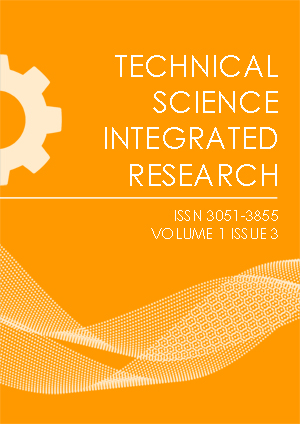Abstract
In the 21st century, the problem of ageing reinforced concrete bridges has gained global importance, threatening transport safety, economic stability, and sustainable development. A significant share of bridge structures in many countries has exceeded their design service life, leading to increased accident rates and financial burdens. Major degradation factors include reinforcement corrosion, concrete carbonation, fatigue damage, and aggressive environmental exposure. This paper analyses global statistical data, reviews major bridge collapse cases, and presents modern diagnostic and service life extension methods, including structural health monitoring systems, digital twin technology, non-destructive testing, and the use of innovative materials.
This work is licensed under a Creative Commons Attribution 4.0 International License.

